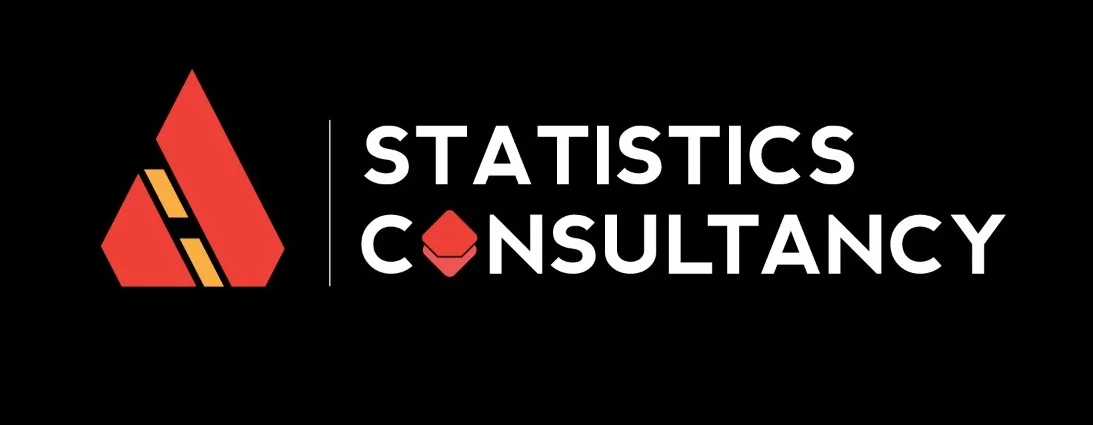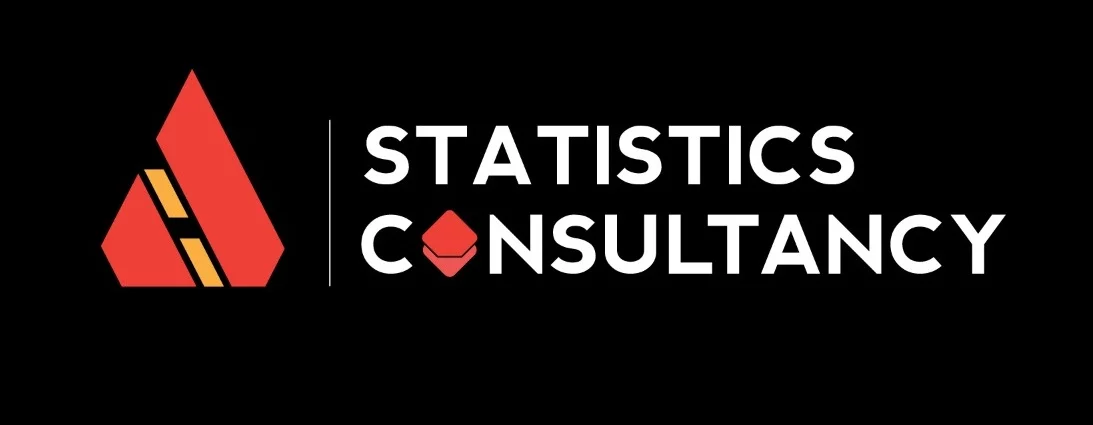
Introduction:
- Beyond the basics of big data, machine learning has applications in retail.
- It has been advocated for years that data should be used to make all decisions.
- Including those about what to stock, how much to buy, and which brands to suggest to repeat customers.
- However, marketers must use machine learning to act on the data in order to compete in the market today.
- Retailers have applied data in a number of different ways.
- Just a few examples include fraud detection, customization of campaigns, cost optimization, market forecasting, and logistical support.
- Additionally, information technology and artificial intelligence (AI) are aiming to delegate tactical duties from a human actor.
- Data-driven learning augmentation is the focus of the AI field of machine learning (ML).
Consequently, the employment of AI & machine learning software might be considered as a perfect fit for the industries of retail.
This article examines the actual prevalence of machine learning in the sector. This blog discusses the metrics and machine learning analytics utilized in retailing analysis.
1. Shopping
- Trade is responsible for controlling the physical, qualitative, quantitative, and geographic distances between supply and demand in every economy that depends on the division of labor
- Trade examples include acquiring items from different producers or merchants, shipping them, warehousing goods, combining them to create an assortment, and distributing them to commercial (wholesaling) or non-commercial (retail) consumers without significantly modifying the good
- The three basic types of retailing are brick-and-mortar retailing (sales from a specific place like a department store, shop, or kiosk), distance selling (including mailing), and online retailing
- This article uses a comparative approach to structure the analysis of the purpose and potential future impact for wholesale and retail businesses.
2. Retailing analysis
- The Retailing analytics industry has always possessed a number of alluring qualities as a research domain, including its size, (ii) its complexity and diversity, (iii) the opportunity for researchers to draw on their domain knowledge, (iv) thorough (though occasionally inconsistent) coverage by industry analysts, and (v) a high level of data accessibility.
- Even if other markets have some of these traits, the retail market’s existence makes it a very interesting environment to examine.
- Categorization, approximation, segmentation, optimization, anomaly detection, rankings, and suggestion are some machine learning approaches used in the retail industry for Problem-solving.
3. Big data and retailing.
- Almost by itself, the retail industry generates a lot of data.
- At the macro level, thousands of stores sell hundreds of thousands of SKUs to millions of customers for billions of dollars
- Every time a consumer uses their credit card, loyalty card, text message, or web search, they become walking data producers who leave a data trail.
- Data-driven personalization has become an attractive alternative as a result of the Big data that retailers already possess regarding the orders of their customers.
- A retailer’s data often demonstrates a wide variety of both highly structured and highly unstructured data by combining these data with details on inventory status in the supply chain, location-specific meteorological data, a combination of social media indicators, and sensor data.
- the majority of competitors in the market are substantially smaller, despite the fact that many data-rich chains define the sector at the forefront of big data analytics
- As a result, they are less equipped to gather, process, and take advantage of big data opportunities.
- Larger merchants, on the other hand, typically don’t fully understand the potential benefits of big data analytics.
- Either they won’t spend money at a rate that matches the benefits they receive, or they won’t be able to draw useful consumer insights from the expanding body of data that is available.
4. Research opportunities and difficulties with big data in the Retail Industry
The big data boom has been quite advantageous for retail experts.
Balancing managerial relevance and technological intricacy can be challenging.
The enormous scale and high dimensionality of many secondary databases have given rise to a new set of mathematical and statistical problems, including scalability, noise aggregation, misleading correlations, and unintentional endogeneity. Retail researchers should, first and foremost, “maintain their focus on the topic” by properly handling these technical/statistical issues of machine learning.
Data are challenging to listen to to
The expanding size of the data, particularly through columns and data sources, makes it harder to “really listen” to the data, despite the goal to include model-free proof before unleashing the heavy modeling artillery.
Utilization of the theories
- Theory, or empirics, has existed for a long time and precedes the discussion of large data.
- The popularity of data-mining techniques has revived the topic. The emergence of huge data sets with numerous columns.
- enables academic scholars to reconcile (or contrast) current scientific data with what is previously understood, and theories will continue to be crucial.
- Big data sets do not hinder the development of robust hypotheses and the development of definitions
Retailers are still willing to collaborate with academics
- They will be less tempted to share their data with academic researchers if more retail behemoths build out their machine-learning analytics departments.
- Academics are encouraged to collaborate with retailers as well.
- Retail science has a long history of adopting novel ideas and working with other disciplines, particularly psychology and economics.
- the big data revolution may require new talents that are less common among “conventional” retail researchers
- Most big data procedures consist of five steps. Collecting and acquiring data; retrieving, cleaning, and annotating it; convergent grouping and representation; and two rounds of analysis.
- The two analytical phases deal with gathering business intelligence from large amounts of data.
- Retailing researchers in particular and marketing researchers in general may be in a unique position to continue helping the retail sector.
Conclusion
- Retailers may streamline data gathering, go beyond the obvious to better understand their customers, and identify trends in the data.
- They can assist in the preparation of their items & include what customers want before they even know they want it. As opposed to simply knowing what their competitors’ assortments are and what their customers have already purchased.
- By connecting the parts of the jigsaw puzzle we’ve been assembling for years, machine learning in retail advances big data.
- In order to give retailers a comprehensive action plan for effectively targeting customers. It does this by merging consumer data with industry dynamics.
- Retailers are then better equipped to adjust prices and predict the behavior of customers more accurately.
- The primary goal of machine learning in retail is to increase sales growth more effectively. It is unquestionably successful in this endeavor.
- The retail industry is being improved via machine learning.
- Extending large data based on demographics enables hyper-personalization.
- Machine learning enhances decision-making by using more reliable data to support important business decisions.

